I have a general JSF problem, I found no nice solution for yet. See the picture for a general idea. I have a workaround solution (sorry for the typo in the image) in place that solves the problem by a listbox. However the desired solution is to display all existing versions next to each other (probably always around 1-3).
I have a view with a tree and picklist. There is a complex flow regarding the interaction between list and tree, e.g. you can only move models to subgroups, not top-level-groups and much more. I created a handler class that manages this behavior and translates it to service calls. Now, a new requirement came up. There are several versions of this tree that should be displayed all together on one page. My gut feeling is that managing n versions in one handler is a big mess as I need to store several things in the handler already for one version. In React, I would create a component that wraps the tree and all of the interaction. However, in JSF I'm not so sure what is the best practice here? I would be happy about suggestions and ideas, I'm not expecting Code :)

